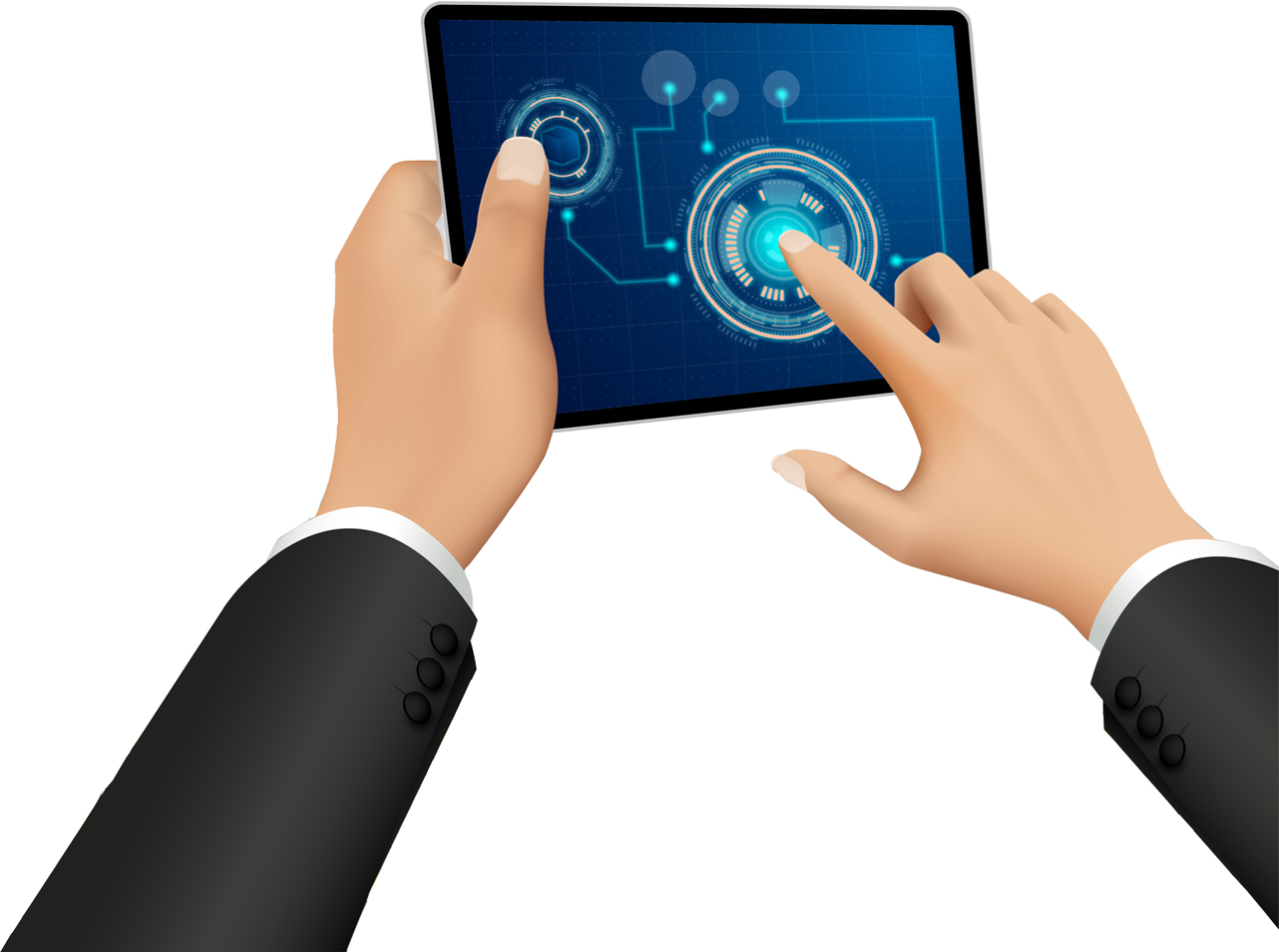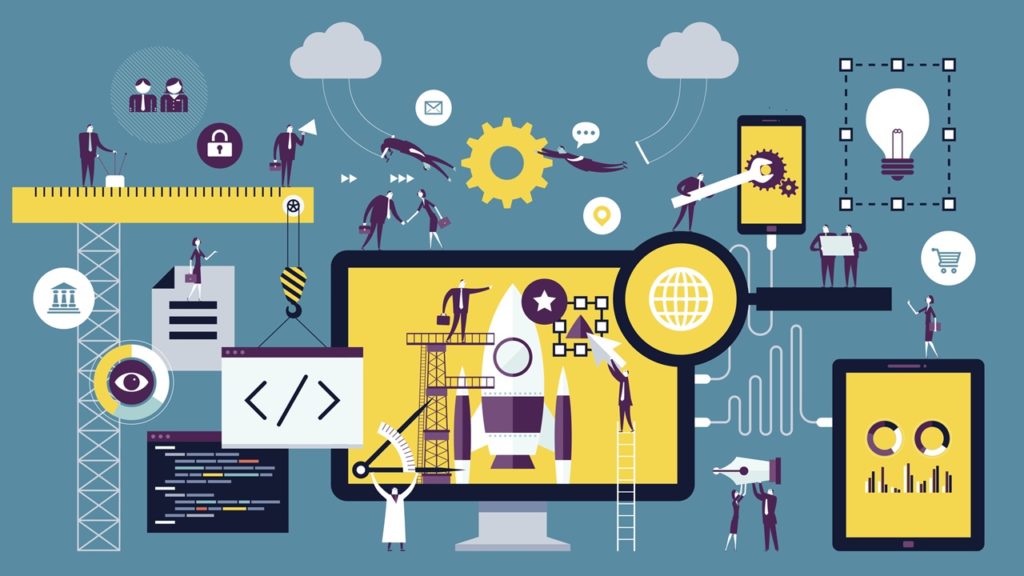Notice: Undefined variable: parallax_fixed_bg in /home/labourbe/public_html/wp-content/themes/jnews-child/vc_templates/vc_row.php on line 145
Into the Future with Worker 4.0

Notice: Undefined variable: parallax_fixed_bg in /home/labourbe/public_html/wp-content/themes/jnews-child/vc_templates/vc_row.php on line 145
Making Sense of Industry 4.0
You’ve seen it on the news, read it in the papers, scrolled it on the internet. We are now in what is described as the 4th industrial revolution.
In the same way steam power, production lines and machines like the industrial lathe characterised the original Industrial Revolution in the early 1800s, technology in the form of digital systems and the Internet of Things makes up the cornerstone of today’s industries.
A termed first coined by the Germans to promote the computerisation of manufacturing, Industry 4.0 points to the use of technology to help make processes more efficient while increasing productivity.

At its fundamental core, Industry 4.0 features the collaborative use of machines, devices, sensors and people connected through the internet. In a simplified scenario, it is how you’re lying in bed at home using your smart phone to connect to the internet in order to check emails stored on your office’s computer network. That’s connectivity in action, and we have wireless internet to thank.
Scale that example up a notch, and that same device could be giving you access to real-time information, such as how quickly your daughter is driving on the expressway at this precise moment. Anything under 90km/h puts your mind at ease. Anything over 100km/h and your heart begins to beat a little faster.
Apply the same scenario in a factory producing chips for the next Apple iPhone and a factory manager will know if they’ll be able to meet the production deadlines, or not.
Data analytics, the Internet of Things, Machine Learning, Programming and Virtual Reality – these are just some examples of technology which can be applied to create an effective and efficient workplace. The key to success? How well workers can use technology to their benefit.
Staying Updated
Remember how we first had to get used to typing on a touchscreen? Some of us got used to it quickly. Others, a little longer. But we eventually had to do it, or risk not being able to communicate with friends and family.
Now, having mastered the touchscreen, compare just how much faster you’re able to type, take calls and toggle between applications.
Adapting to Industry 4.0 is the same thing.
At the workplace, how well we can transition to the digital workplace hinges on how well we complement the technical skillsets we apply in our jobs with adaptive and technology skills.
Here’s how the three skill areas can be explained.
Technical skills refer to job-specific knowledge and skills, such as how well a cleaner knows what to do to fulfill a cleaning assignment, a photographer in using his camera and an engineer in designing a machine.
Technology skills then refer to a knowledge and mastery of new digital systems and programmes, such as Google Analytics for analysing website statistics, the idea behind blockchain, big data, cloud computing tools for database management and virtual reality for simulation.
Lastly, adaptive skills then refer to an ability to leverage such digital systems and use them to our advantage. Case in point? Having the ability to think critically, visualise data and knowing how to communicate effectively.
Worker 4.0
The combination of technical, adaptive and technology skillsets may vary from individual to individual in their respective jobs. But they will be central to enabling a worker to be ready for new jobs, possess the relevant skills and be resilient to new ways of working.
As a vision of that future, being adept at using technology and comfortable working together with machines will make work tasks easier and enable a worker to be more productive. As long as productivity remains a measure for wages, a working person will be able to continue advancing in the workplace and earn a better living.
Notice: Undefined variable: parallax_fixed_bg in /home/labourbe/public_html/wp-content/themes/jnews-child/vc_templates/vc_row.php on line 145
Worker 4.0
Notice: Undefined variable: parallax_fixed_bg in /home/labourbe/public_html/wp-content/themes/jnews-child/vc_templates/vc_row.php on line 145
Adaptive
skills
An ability to navigate and influence change and solve complex problems.
Notice: Undefined variable: parallax_fixed_bg in /home/labourbe/public_html/wp-content/themes/jnews-child/vc_templates/vc_row.php on line 145
Technical
skills
Job-specific knowledge skills
Notice: Undefined variable: parallax_fixed_bg in /home/labourbe/public_html/wp-content/themes/jnews-child/vc_templates/vc_row.php on line 145
Technology
skills
A Knowledge and mastery of new digital skills and programmes
Notice: Undefined variable: parallax_fixed_bg in /home/labourbe/public_html/wp-content/themes/jnews-child/vc_templates/vc_row.php on line 145
A Peek into the Future
Let’s explore what thriving in the future workplace could look like for Worker 4.0.
At the operational level, Worker 4.0’s ability to use mechanical aids will see him having an easier time at work. With machines helping to ease the physical aspect of work, he will also be better able to accomplish more in the same amount of time.
Part of the reason for achieving more is the access to real-time information. Devices like computers, tablets and smart phones let the worker be in sync with his company’s digital systems. As sensors in his workplace work in tandem to provide data, programmes help make sense of them, and allow him to make better decisions, manage work tasks, deadlines and achieve objectives.
As for what said tasks may be, it could be as simple as a cleaner being notified of rooms which actually need cleaning once the litter level crosses an acceptable threshold. How’s that for effectively solving a need instead of routinely cleaning rooms according to a fixed schedule.
To help Worker 4.0 in an executive role, digital systems like cloud computing, centralised networks and data analytics will ensure that information can be readily available. This gives him a bird’s eye view of work operations and helps him better understand what’s going on in his company, allowing him to make positive enhancements where necessary.
Imagine this in the case of production, where a factory manager can make better decisions on how resources should be allocated. It can be as simple as tracking delivery accuracy, or as complex as strategising business goals. All of this, thanks to the information that is accessible at his fingertips.
A Collaborative Approach
Such a future can only be realised if we model ourselves after Worker 4.0 and get equipped with our own set of technical, adaptive and technology skills. Only then will we be ready for the evolution of our jobs, stay relevant with new skills and have the resilience to cope with any upcoming changes in our workplaces.
Collectively, these traits will then enable us to better achieve what matters most: Better wages, better welfare in the workplace and continue growing professionally with better work prospects.
Such developments aren’t limited to just workers in the new economy. As individual workers need to embrace the need to train up to keep up, skill up to move up, employers too can play a part. As they develop their business to transition into the new economy, ensuring that their businesses are in sync with trends and changes is equally important as having staff who are updated with trends.
The question is, how can our workers, businesses and policy makers collaborate together to make this vision a reality.
Only time and effort will tell.
